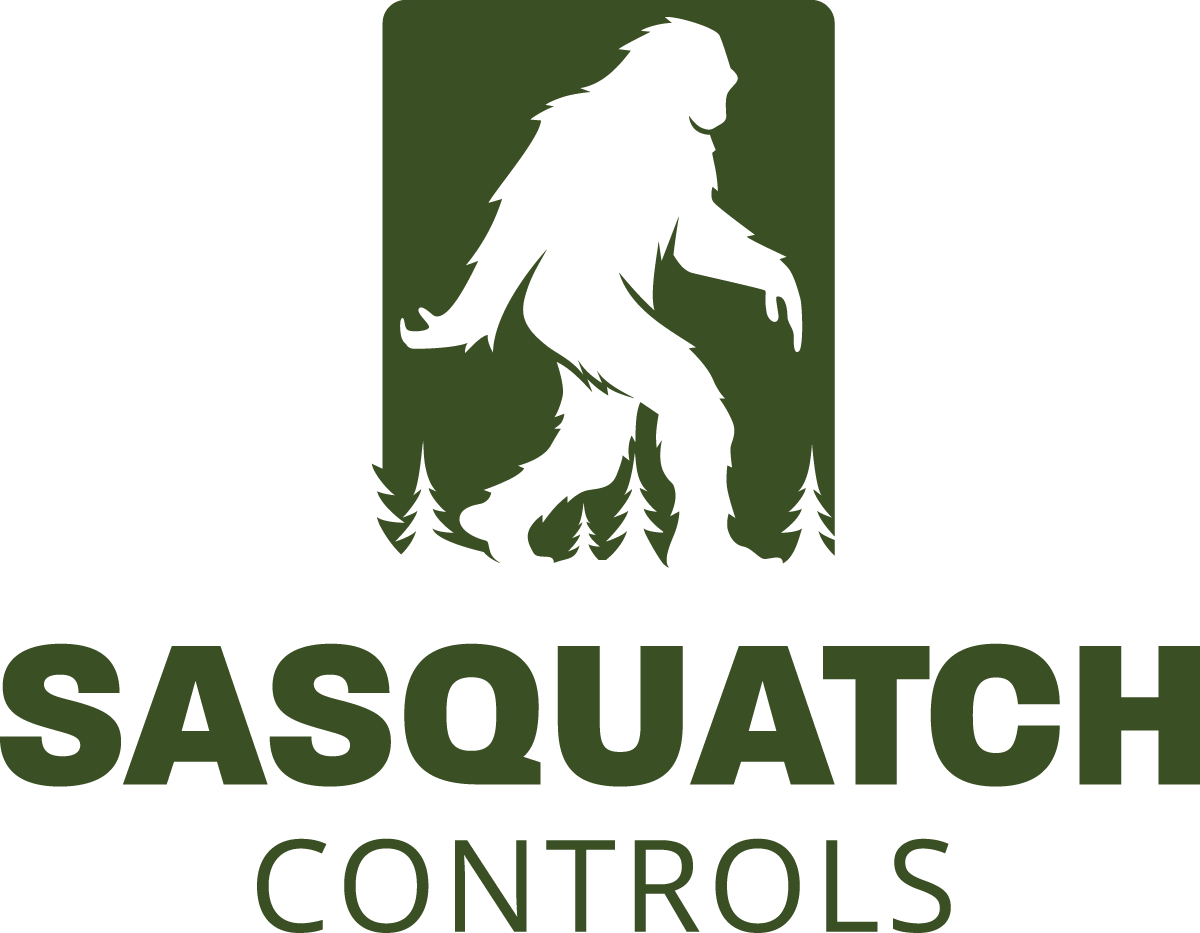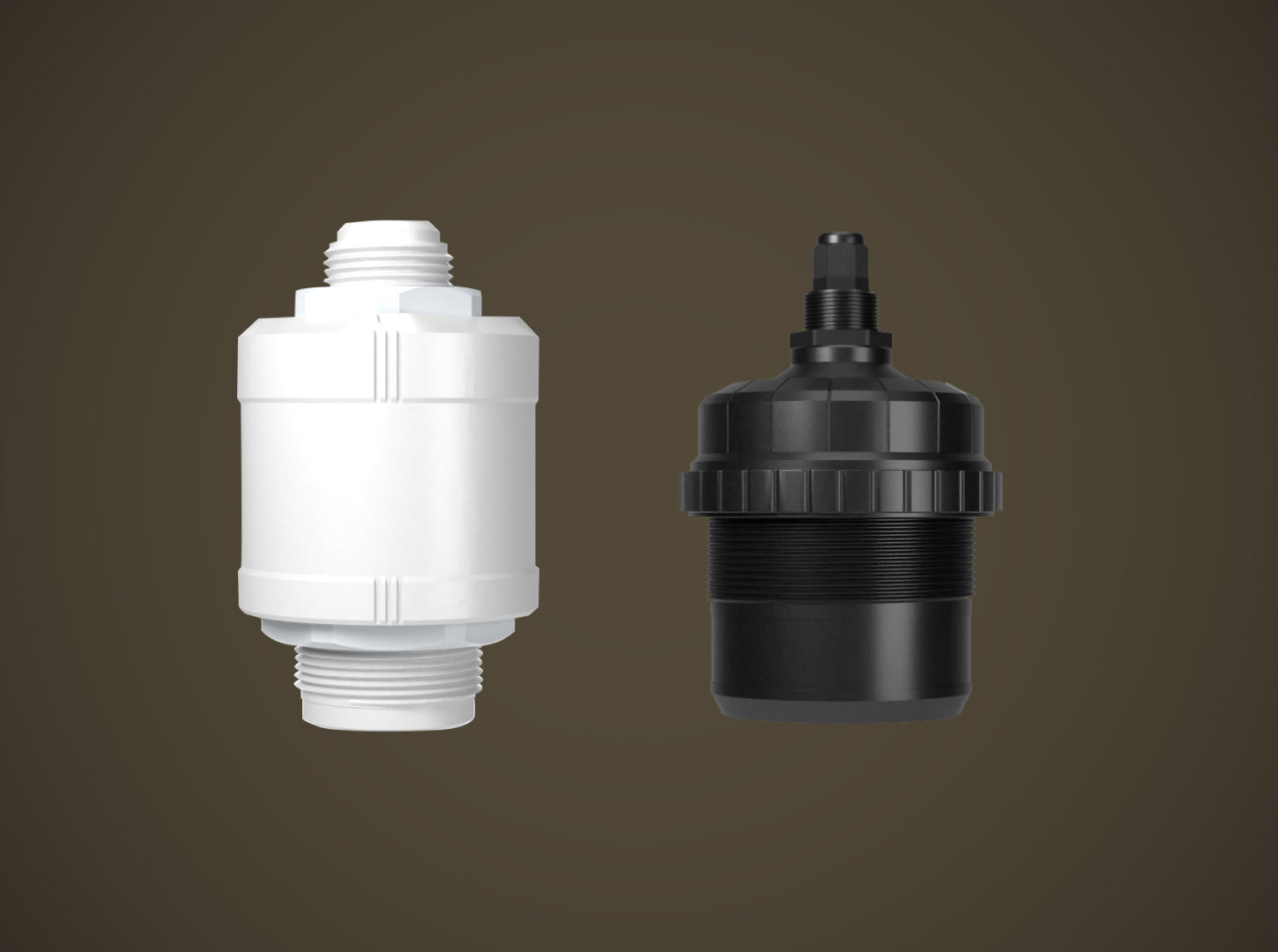By Mason Bloomfield
Last updated February 7, 2025
An Overview on Radar Level Sensors and Ultrasonic Level Sensors
Level-sensing technology has progressed in leaps and bounds over the last few decades. Today, there are a plethora of level sensors to choose from - so many, that knowing which sensor to choose for your specific application may seem daunting. In this article, we’ll discuss two of the most popular and cutting-edge sensors on the market to help you make an informed decision on which one to use.
What are Radar Level Sensors and Ultrasonic Level Sensors?
Radar and ultrasonic level sensors are non-contact, continuous-level sensors commonly used in water and wastewater management industries. They are used for measuring the liquid level in a container, well, pit, etc. without having to open or interact with the containment area.
These sensors facilitate automation by allowing pumps, valves, and other components to be controlled remotely by a control panel based on the level reading. The fact that they are non-contact makes them a good choice for many applications because they don’t need to (and typically shouldn’t if you want them to work) touch the material they are sensing, which is useful for corrosive or dirty media. Additionally, the ability to provide continuous level measurement (as opposed to floats, which only provide point-level measurement) makes them a valuable asset for those who require more precise information and control of their system. They are small, easy to install, feature a long operating lifespan, and generally don’t require much maintenance other than the occasional cleaning.
How Do Radar Level Sensors and Ultrasonic Level Sensors Work?
Radar and ultrasonic level sensors both use the same operating principle. First, they emit a signal at the target. That signal reflects off the target and returns to the sensor. When the sensor detects the return signal, it records the time between emission and reception and uses that time, along with the signal’s speed, to calculate the distance between the sensor and the target object. This is known as the “Time-of-Flight” (or TOF) principle. One important caveat is that this principle depends on the speed of the signal remaining constant. If the speed changes or is unknown, the distance calculation will be incorrect. If this reminds you of bats, it's because bats employ the same principles when using echolocation to navigate and hunt!

What’s the Difference Between Radar Level Sensors and Ultrasonic Level Sensors?
While these two sensors are identical in how they operate, the main difference between them lies in the type of signal they emit. That may not seem like a big deal, but the type of signal each sensor uses, or more specifically, how that signal propagates, is significant because it characterizes the sensor and determines what applications it is best suited for.
Ultrasonic Level Sensors
Ultrasonic sensors emit high-frequency ultrasonic sound waves to determine distance. The ultrasonic transducer generates these sound pulses, which travel through the air and reflect back to the transducer upon encountering the process surface. In this respect, they are essentially a mechanical adaptation of echolocation. Sound waves propagate through air and other compressible mediums and their velocity depends on the density of the medium, which indicates that:
- The performance of ultrasonic sensors is directly impacted by factors that interact with or travel through the air because the signals they emit depend on air to propagate.
- The signal will reflect off boundaries with a sudden change in density. The greater the difference, the stronger the reflection.

This means ultrasonic sensors are susceptible to changing temperatures, steam, vapor, foam, residue build-up, humidity, condensation, etc. That is because all these factors have a different density than the air or will change the density of the air, which will also change the velocity of the signal as it propagates or cause the signal to reflect or scatter, compromising the accuracy of the TOF calculation. The denser the obstacle, the more it will impact the sensor reading. Even strong wind or airflow can physically blow the signal off course and reduce the accuracy of the reading. This is one of the main reasons that bats don’t often fly or hunt in the rain – it reduces the accuracy of their echolocation, effectively leaving them more blind than they already are!
When ultrasonic sensors are employed in suitable applications and are well-maintained, they are known to be quite reliable and accurate, not to mention one of the more economical options on the market. They are also very good in tight spaces and over short ranges (usually 10-20ft) but struggle with longer ranges.
Radar Level Sensors
Radar sensors emit electromagnetic waves in the radio frequency range, usually microwaves, to determine the distance between it and the target. Electromagnetic waves are self-propagating and thus do not depend on a medium like sound waves do. Their velocity depends on the dielectric constant (or K-value) of the medium they are traveling through. This means that:
- Radar sensors are virtually unaffected by most environmental factors such as those listed above for the ultrasonic sensor.
- The signal will reflect on boundaries with sudden changes in K-value. The greater the difference, the stronger the reflection.
- The material’s K-value is a key factor in how the radar will perform. If the K-value is too low, the signal will not be reflected strongly enough and will instead pass right through.
Generally, factors such as changing temperature, humidity, steam, vapor, and other such conditions will have next to no effect on a radar level sensor because they won’t have a large enough impact on the signal. Some outliers may affect it, such as a large amount of foam, very dense steam, drastically changing temperatures, or excessive build-up of residue to name a few. Radar doesn’t typically care about these conditions unless they are in the extremes. Additionally, advancements in radar technology like better filtering and calibration techniques have helped to mitigate these concerns.
However, the radar does care about the media it is trying to measure and it performs poorly on materials that have a low K-value (This is around 2-3 for most models. For reference, water has a K-value of ~80). This is because media with a low K-value doesn’t reflect microwaves well and allows them to instead transmit most of their energy through them, resulting in lower measurement accuracy due to signal attenuation or even detecting the bottom of the tank instead of the liquid level. These materials often have a lower moisture content and are non-conductive. Some examples include dry powders as well as some oils and chemicals. There are methods to circumvent this such as using specific types of antennae, but that usually requires a higher spec model and is thus more expensive (Reference: Chart of Common Dielectric Constant Values).

Radar technology is very robust, and as a result, radar sensors are known for their high degree of reliability, versatility, accuracy, and long-range, and are thus successfully employed in a wide variety of applications. They require very little maintenance, usually even less than an ultrasonic sensor, and are just as easy to install. However, they are one of the more sophisticated sensors on the market, and the higher-spec models tend to come at a higher price point.
Which Sensor Should I Use for My Application?
Now that we know how radar and ultrasonic sensors work and understand their strengths and weaknesses, we can discuss what sort of applications each sensor would be suitable for. It is important to remember that both sensors require a clear, open line of sight from the sensor to the measurement surface. Physical obstacles will usually block the signals from both, so keep that in mind if your application has a cramped or cluttered tank!

Both sensors are usable in most applications, but depending on the conditions present, they will be met with varying degrees of success. We know that ultrasonic level sensors are susceptible to many environmental conditions such as excessive condensation, varying temperatures, and a foamy liquid surface. Thus, ultrasonic sensors are best employed in more straightforward applications where a minimal amount of such conditions are present. For example, they would be ideal for open-channel flow monitoring since they are good over short ranges. They would also do well in situations where a non-contact sensor is desirable such as in some types of corrosive chemical tanks. If the chemicals emit large amounts of fumes or vapors, a radar sensor would be the better choice. Since ultrasonic sensors don’t depend on an object’s K-value, they are also a good choice to use for materials with a low K-value like many solids. Ultimately, ultrasonic sensors are best for general, straightforward level measurement in small to medium-sized containment areas in mostly calm conditions. Just remember to clean the sensor housing every so often to combat residue build-up!
Radar sensors are best employed when it’s time to bring out the “big guns.” Due to the extremely robust nature of radar technology, radar sensors can be used in most applications but are best applied to situations with harsher conditions where ultrasonic sensors would not be suitable. Some examples would be applications in a vacuum, with high temperature or pressure, residue or condensation, requiring a high degree of accuracy, or that have long ranges. Radar level sensors are commonly used in primary and secondary sludge, clarifiers, lift stations, chemical processing, grease traps, and general level measurement to name just a few.
Conclusion
Radar and ultrasonic level sensors have as many similarities as they do differences. They are both small and easy to install, require little maintenance, offer non-contact and continuous level measurement, have a long lifespan, and operate using the same principle of TOF. The key difference between the two is the type of signal they emit. Ultrasonic sensors emit sound waves, while radar sensors emit microwaves. Sound waves require air to propagate and are thus susceptible to factors that can affect and interact with the air, while microwaves are self-propagating and are mostly immune to such conditions. Radar sensor performance greatly depends on the K-value of the measured material, while ultrasonic sensors are unaffected by it.
In general, they both can be used in many of the same applications, but ultrasonic sensors are the more “lightweight” and inexpensive option best applied to straightforward measuring situations or applications with low K-value media, while radar sensors are more versatile and robust and can take on the role of the “big guns” as they are better for harsher conditions where ultrasonic sensors would struggle. Both sensors have a role to play and when used and maintained correctly, they play it very well.
Now that you know what radar and ultrasonic level sensors are, what they do, how they work, and what the difference is, you can confidently choose the right sensor for you based on your application!
References
- “Ultrasonic (Sound) Echo Level Measurement: Introduction to Continuous Level Measurement: Textbook.” Control Automation. Accessed May 29, 2024.
- “How Radar Works.” National Oceanic and Atmospheric Administration. Accessed May 29, 2024.https://www.youtube.com/watch?v=aRZJT0ldfmg
- “How Ultrasonic Sensors Work.” MaxBotix. Accessed May 29, 2024.
- “Radar vs. Ultrasonic Level Measurement: Choose Right Technology for Accurate Results.” YouTube, June 11, 2023.
- "Which Sensor is Right for My Application?" See Water, Inc. Accessed June 15, 2024.





Share:
Understanding the Float Switch: A Comprehensive Guide